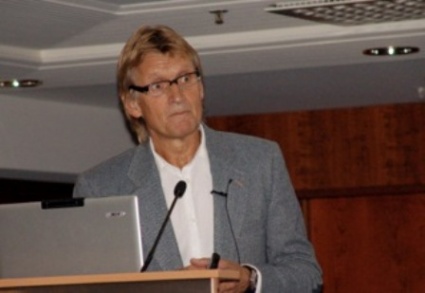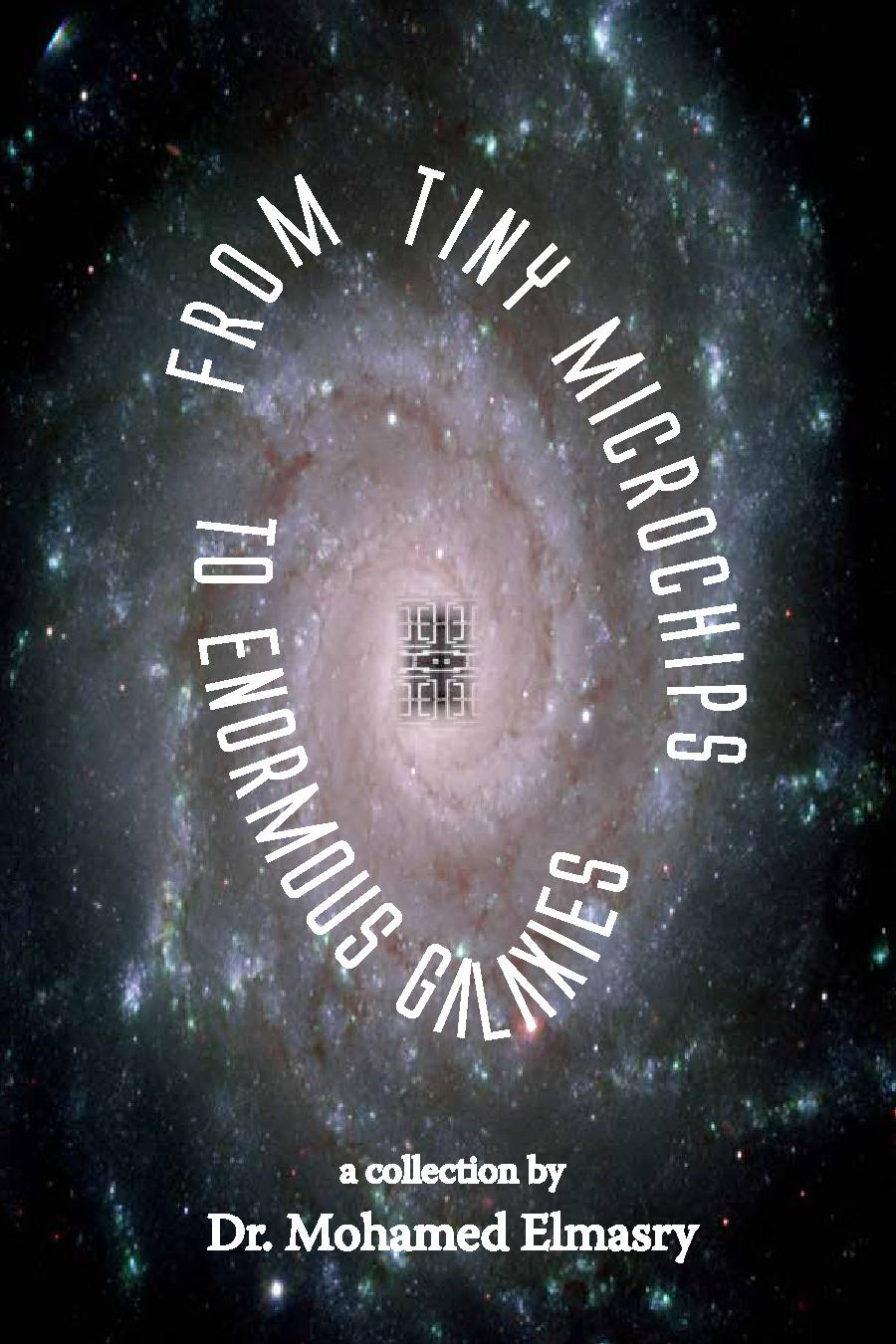February 6, 2012
Witness to Destruction in Gaza

Dr. Mads Gilbert combines his profession as a physician with political advocacy. He brought his advocacy hat to the University of Ottawa Medical School on January 31, telling the audience about how things were in Gaza when he was working there.
Gilbert lives in the far northern Norwegian city of Tronsø, where he teaches emergency medicine at the University of Tronsø and practices this specialty at the University Hospital of North Norway. He is also an anesthesiologist.
Politically, he is active with the small far left Red Party, for which he has been an unsuccessful candidate for office. At least in part due to his activism, Tromsø is twinned with Gaza City.
Gilbert has been working in Gaza from time to time for the last 15 years, and he was there during Israel’s three-week Cast Lead onslaught in 2008-2009. At that time he worked in the al-Shifa Hospital in Gaza City, treating victims of the Israeli Blitzkrieg. At the same time, while Israel was preventing journalists from entering, Gilbert was reporting what was happening there to Norwegian and other international media.
He pointed out that for a few months prior to Cast Lead there had been a truce between Hamas and Israel resulting in no deaths from conflict on either side. The truce ended when Israel killed five Hamas activists. However, Gaza was under attack by other means before that: the blockade.
As a result of the blockade, Gaza has been called the largest prison in the world. Densely populated, people are prevented from moving out (except in exceptional cases). Israel has surrounded it with walls, barbed wire, and land mines.
As a result of the blockade, there is major food insecurity–61% according to the UN Food and Agricultural Organization, with widespread malnutrition and anemia. Three fourths of the people rely on rations. While there is food in Gaza, much of it is brought in through the tunnels and most Gazans can’t afford it because of unemployment and poverty.
At the same time, Israel has severely curtailed exports from Gaza, another measure that compounds the poverty. Gazans have relied on fish as an important part of their diet, but Israel has severely restricted the distance they can go into the Mediterranean. They fire on boats that go too far.
Dov Weisglass, advisor to then Prime Minister Ariel Sharon, explained, “It’s like a meeting with a dietitian. We need to make the Palestinians lose weight but not to starve to death.” And in fact Israeli documents show that Israel has carefully calculated minimal caloric intake for Gaza’s population, according to age and sex.
Water is also a problem. Most of the water in Gaza is contaminated. Building materials have also been in short supply because of the blockade. Because of the damage to infrastructure, Cast Lead has resulted in raw sewage being poured into the Mediterranean.
Cast Lead killed 1455, with 5,300 injured - 431 children were among the dead and 1872 were injured. 16 medical personnel perished and 38 injured. These were mainly paramedics trying to take the injured to hospital. 15 ambulances were destroyed, as were 58 mosques, including the mosque for al-Shifa Hospital. That blast blew out a number of the hospital’s windows. 280 schools also felt the force of Israeli aggression.
Gilbert related several atrocities committed during Cast Lead. In one case, soldiers ordered people in one building to bring the children out. They then shot the three, killing two and leaving a young girl with a severed spinal cord.
Gaza was not Gilbert’s first experience with Israeli Blitzkrieg. He was working in an underground field hospital in West Beirut in 1982, when Israel bombed residential areas day and night, cutting off water, electricity, and medical supplies. “Cast Lead was worse,” he said.
“There is little in medicine,” he argued, “that isn’t political.” His description of what was happening in Gaza during the Israeli attack made waves around the world. He and fellow Norwegian doctor Erik Fosse serving with him at the time wrote a book about the disaster, Eyes in Gaza.
During the attack they wrote an article in the esteemed British medical journal Lancet, which was followed by an editorial in Lancet decrying the fact that medical organizations and other professional bodies around the world were not speaking out about the atrocity.
The splash that Gilbert’s reporting made, especially the Lancet article, forced an Israeli reaction. Yigal Palmor, speaking for the Israeli Foreign Ministry, said Gilbert was “spreading vicious lies,” though it is hard to understand what Israel thought would be the consequences of its vicious onslaught. It was bound to be more than a couple bloody noses. Gilbert countered by daring Israel to let journalists in. “Then one will soon find out who is lying.”
In spite of his political radicalism, Gilbert is respected in his home country for his commitment to providing medical care to civilian victims. When he was attacked by right-wing commentators in Norway and abroad, Labor Party Foreign Affairs Minister Jonas Gahr Støre defended him, saying that he disagreed with his politics but was in support of his humanitarian work in Gaza.
Gilbert, who teaches medical students in Gaza, told the audience that Gaza does not need more doctors. What then is their medical need? End the Occupation. “The Nakbah,” he charged, “is ongoing.” He called Palestine’s situation “the longest standing occupation in modern history.” Settlements? No, he said, colonies. Settlers? No, occupiers.
Ominously, Gilbert noted that Israeli officials are threatening a new attack on Gaza, saying that it will be worse next time.








